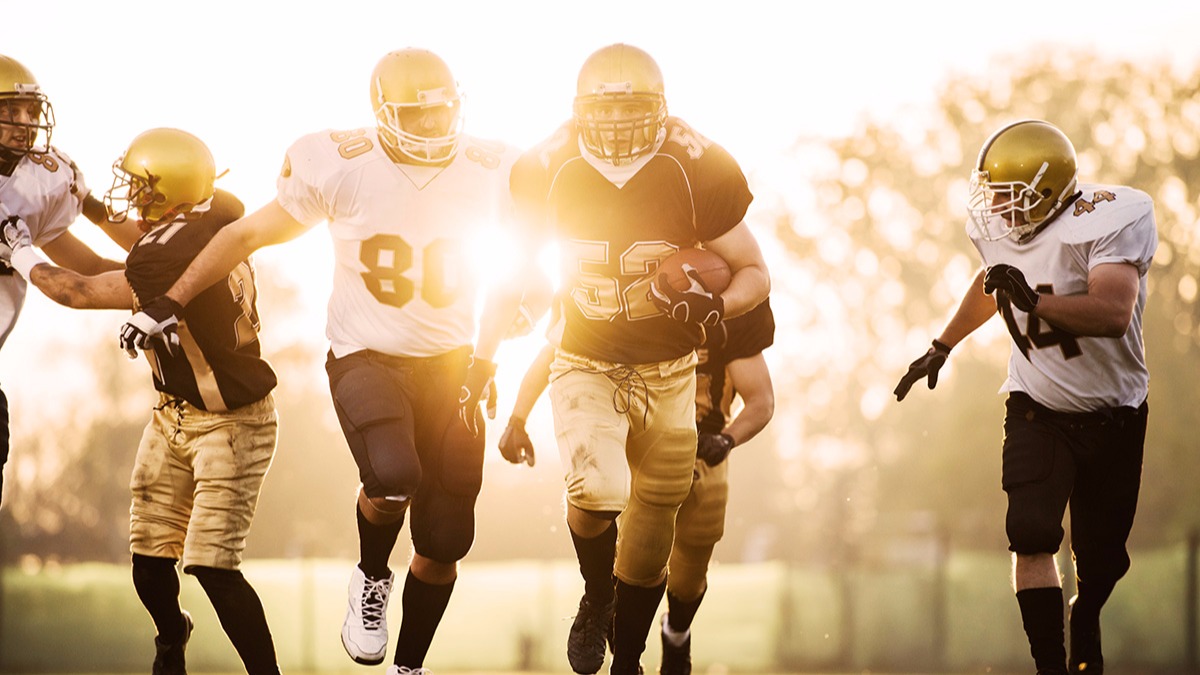
The student athlete
Parents want students to thrive in everything they do, from the classroom to the court and from friends to the field. Nutrition plays a vital role in the well-being and vitality of student athletes.
fueling the student athlete
Following basic sports nutrition tips can help student athletes play to the best of their competitive ability. Student athletes are just like any other athlete; they want to perform at their best, and the regular exercise and physical demands of student sports requires a well-balanced meal plan. The Dietary Guidelines for Americans, 2015-2020, recommends Americans focus on consuming nutrient-dense foods such as vegetables, fruits, whole-grains, fat-free or low-fat milk and milk products, seafood, lean meats (like many cuts of beef) and poultry, eggs, beans, peas, nuts, seeds and soy products.
A well-balanced meal plan containing appropriate amounts of macronutrients (protein, carbohydrates and fat) and micronutrients (vitamins and minerals) is essential to provide enough energy for growth and activity. Fluids are also essential for hydration to support growth and athletic performance.
Since children and adolescents are still growing and developing, it is difficult to predict a young athlete’s needs, which makes it crucial for active youths to consume a well-balanced, nutrient-rich meal plan. As always, make sure you consult with a physician or registered dietitian when it comes to the health and vitality of your child.
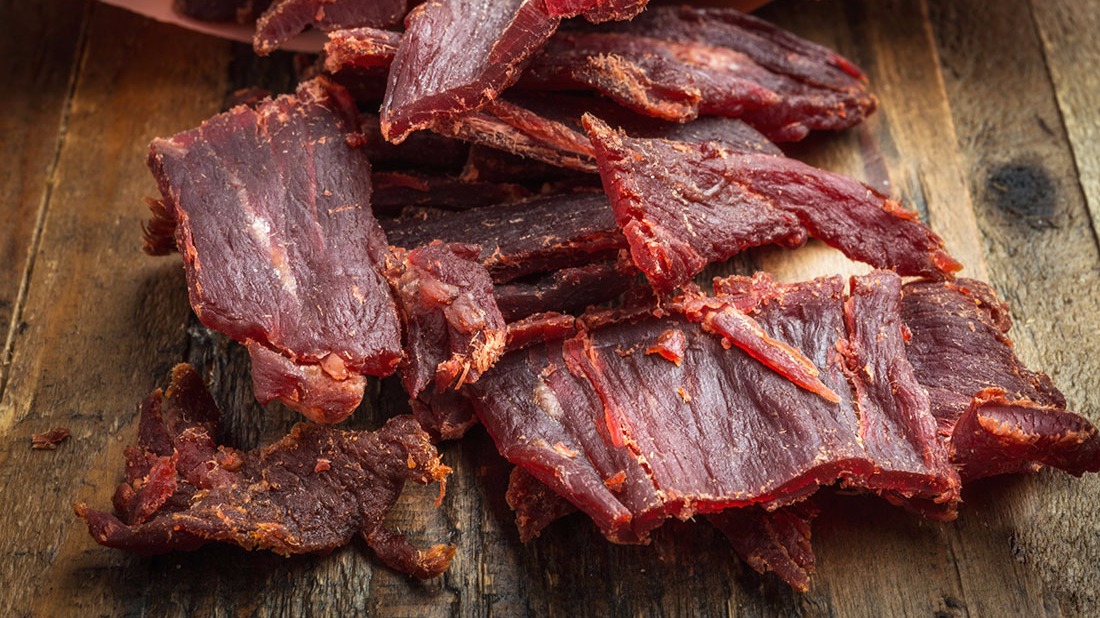
portable & powerful Protein
protein for student athletes
Protein helps build and repair muscles and aides muscle recovery when consumed after exercise. Many studies recommend young athletes spread protein throughout the day, having some at each meal and with most snacks for overall health and wellness.
Many Americans consume most or all of their daily protein at a single meal. Kids can benefit from evenly distributing protein, especially focusing on increased protein at breakfast. Protein is also linked to satiety, the feeling of being full. This can help ward off those dreaded munchies that hit students throughout the day. Sources of protein include lean beef, poultry, fish, beans, dairy and nuts. One favorite sources of on-the-go protein is beef jerky.
HOW DOES BEEF STACK UP WHEN IT COMES TO PROTEIN
Lean beef can be an important component in a healthful meal plan for young athletes as it is an excellent source of protein. Lean beef also provides the amino acids necessary for building and replenishing muscles. A 3-oz serving of beef provides 25 grams of protein and 10 essential nutrients such as iron, zinc and B vitamins – nutrients particularly important for physical activity.
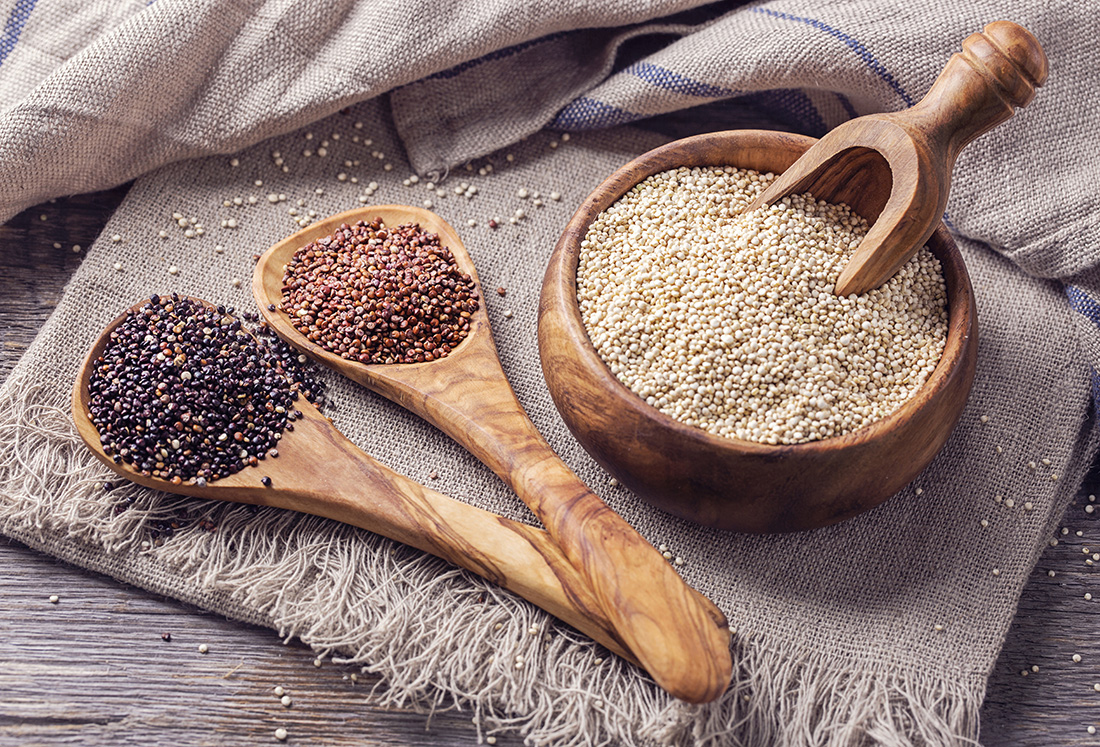
Carbohydrates
While protein is essential for building and maintaining muscle, carbohydrates are the primary fuel for activity. Carbohydrates are the most important fuel source for an active student athlete because they provide the glucose used for energy. Some diet plans urge weight-conscious adults to steer clear of carbs, but for a young athlete, carbohydrates are not only an important fuel source but are also necessary for proper growth and development. Ultimately, consult with a physician or registered dietitian to personalize your student's nutrition program.

yogurt
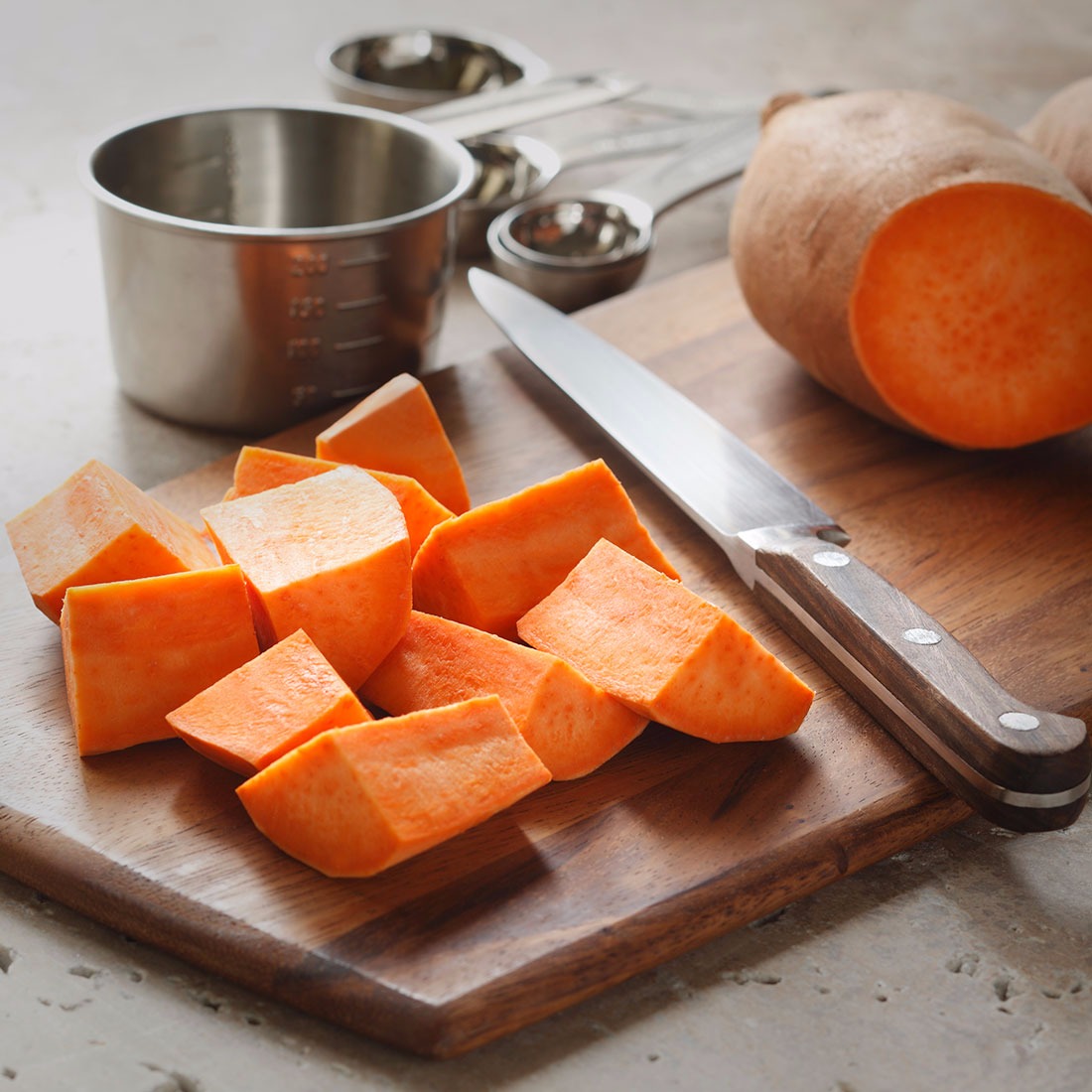
vegetables

Whole Grains

fruits

milk
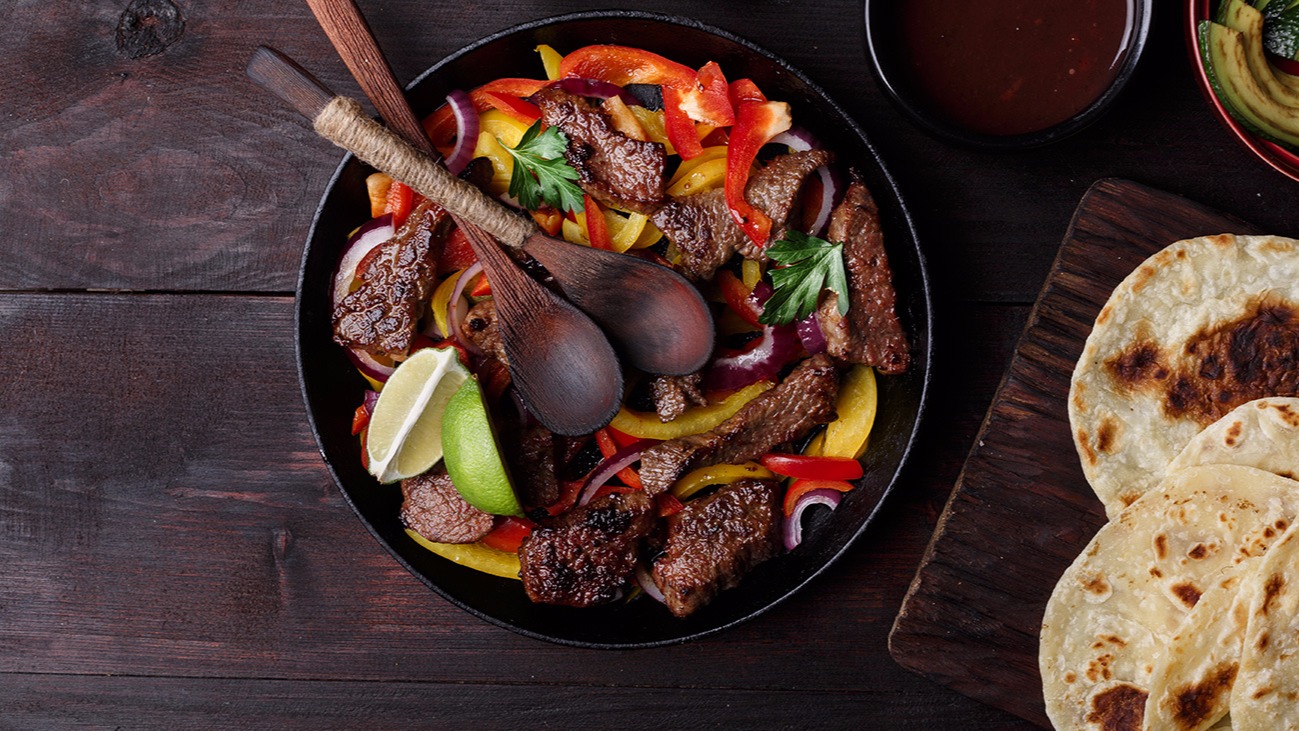
Healthy fats
Fat is necessary to absorb fat-soluble vitamins, to provide essential fatty acids, protect vital organs and provide insulation. Fat also provides the feeling of satiety (feeling full) needed to help prevent overeating. Try to include good sources of fat, such as lean meat, poultry, fish, nuts, seeds, dairy products, and olive or canola oil.
You might be asking yourself, "Beef and healthy fat? Really?" Yes, really! When you focus on consuming lean beef, most of that fat you're getting is intramuscular fat, otherwise known as "marbling". Half the fat found inside a steak is a mono-unsaturated fat, the same type found in olive oil. Also, many of America's favorite cuts of beef are classified as lean.
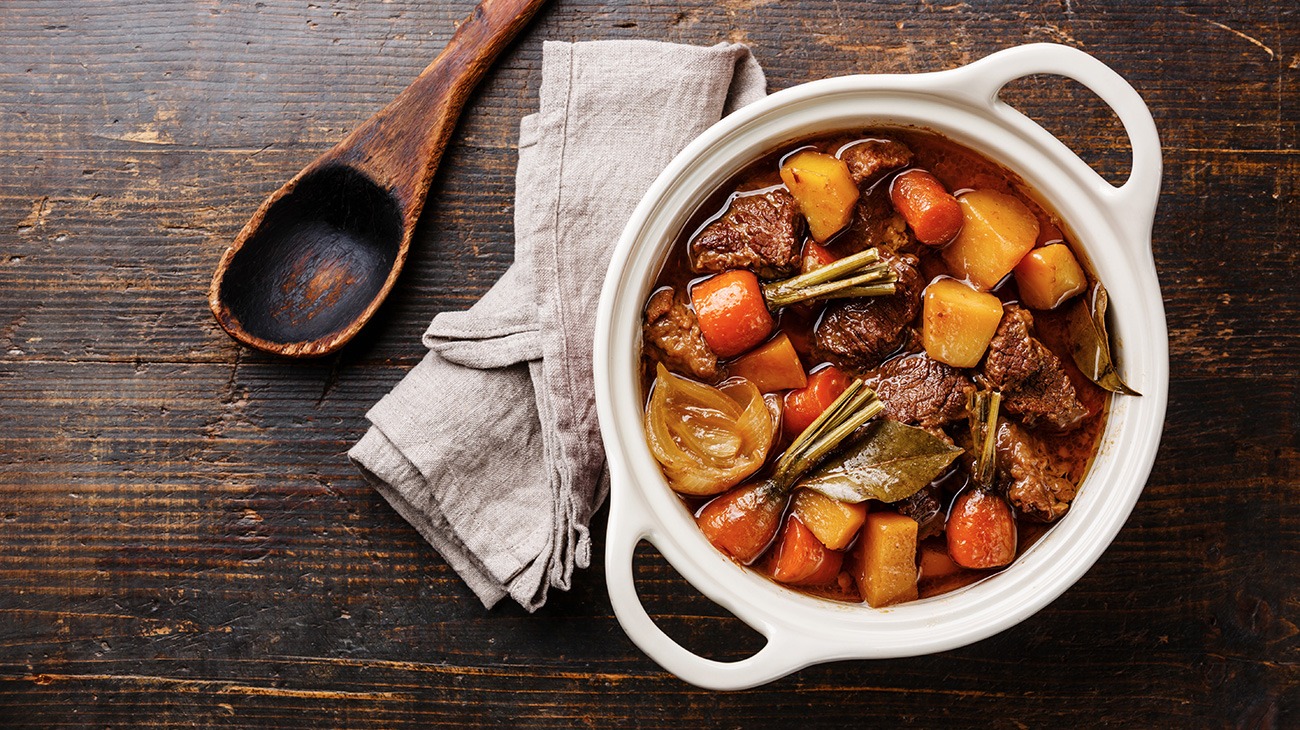
iron
Iron is a vital component to deliver oxygen to body tissues during activity. Young athletes depend upon efficient oxygen delivery to working muscles to reach peak performance. Deficiency can cause your student to experience fatigue during workouts or physical activity. Increasing iron-rich foods in your child’s meal plan can be done at any time through meals that include: Lean meats (like many cuts of lean beef); fish; poultry; iron-enriched or iron-fortified grains; dried fruits like apricots, raisins, and prunes; leafy greens like spinach or kale; dried beans, peas or lentils.
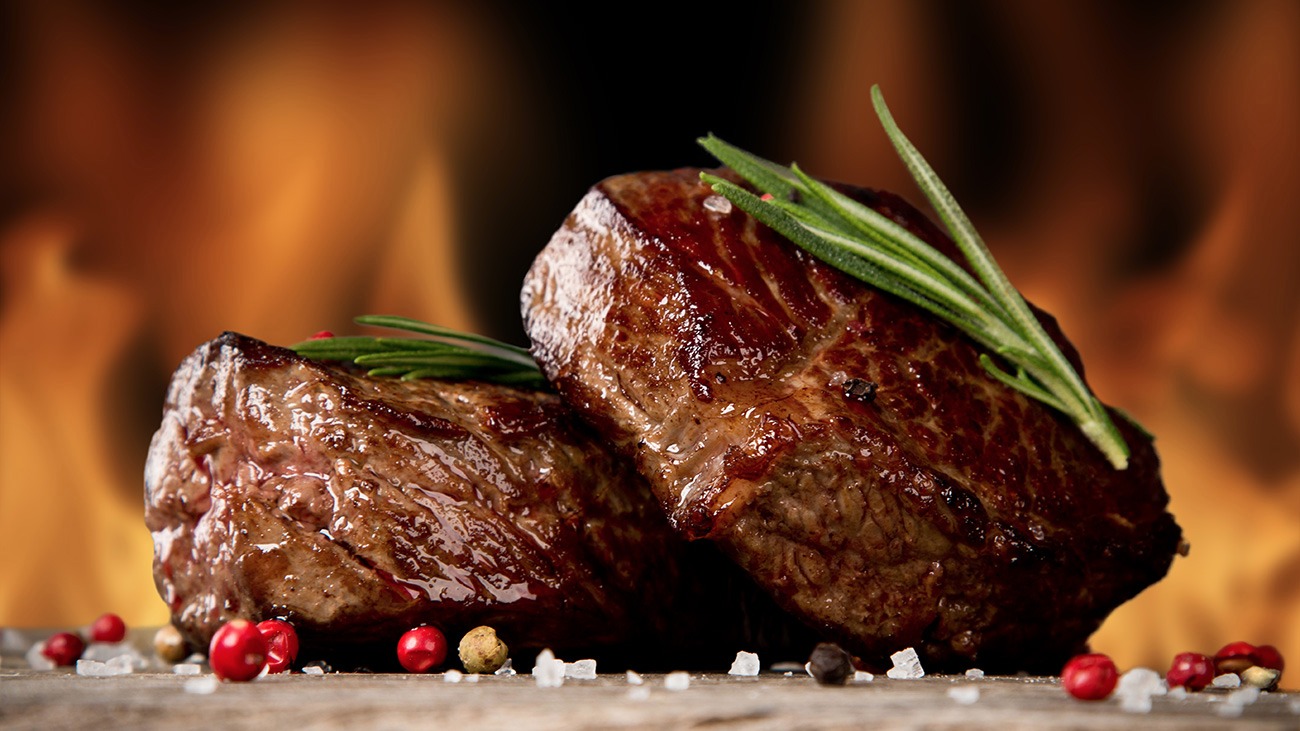
Beef as a source of iron
Animal sources of iron (which contain heme iron) are best absorbed, while plant sources (non-heme iron) can be served with a vitamin C source to help increase its absorption. Lean beef is an excellent source of iron with 3-oz of cooked lean beef providing as much iron as three cups of raw spinach. Between spinach and beef, everyone knows which one tastes better on the grill.

Fluids
Dehydration is a recipe for poor performance as it is strongly associated with fatigue during exercise. It is important for young athletes to drink plenty of fluids to prevent dehydration. While many sports drinks are available, plain water is usually enough to keep kids hydrated under many circumstances. However, always consult your physician when it comes to the individual hydration or health needs of your child.
H2O vs. Sports Drinks
For activities lasting less than 60 minutes, consider water. Save sports drinks or diluted 100% fruit juice for young athletes who need an energy boost during endurance sports or activity lasting more than an hour.
High protein breakfast ideas
Powering through the day begins with breakfast. Take a look at these high-protein breakfast ideas.
High protein snack ideas
From beef jerky to nuts, high protein snack ideas are easier than you think. Fight those munchies and fuel your productivity with these healthy ideas.
